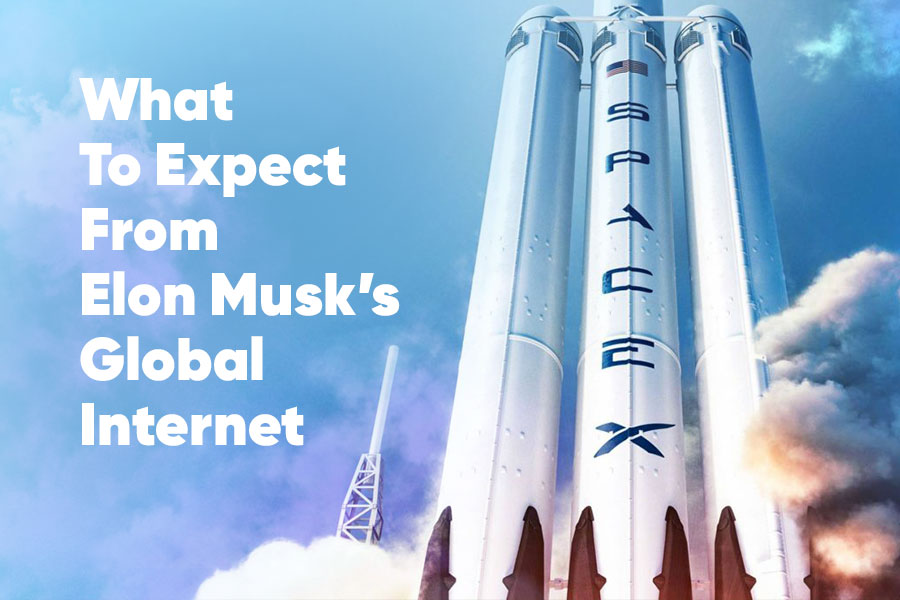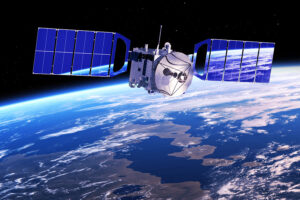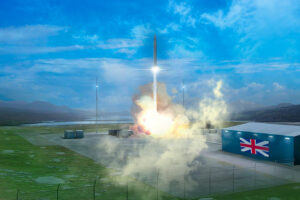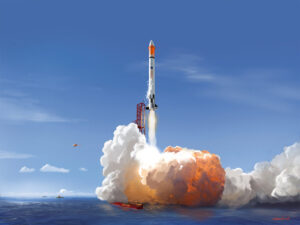What to expect from Elon Musk’s Global Internet
10th Feb 2020
Elon Musk, Founder and owner of SpaceX, introduced the Starlink global satellite communications system in 2015. This project aims to launch about 12 thousand satellites into Lower Earth orbit (LEO) to create a network that will handle more than 50% of global Internet traffic. Each satellite can support high-speed data transfer (10 Gb/second) and is designed to last from three to five years. According to Musk’s plan, this program should provide access to high-speed wireless Internet anywhere around the globe.
How long will it take to roll out the entire program?
The SpaceX Falcon 9 rocket has a payload capacity of 23 tons and can launch 60 Starlink satellites simultaneously into orbit.
To date, SpaceX has already launched the Falcon rocket four times, deploying 240 Starlink satellites in total into Lower Earth orbit. Those satellites have a total internet traffic capacity of 4 terabits /second.
Starlink creators suggest that to provide moderate coverage they will require at least 800 satellites.
Over the next seven years, project expenses will reach $12 billion — and that doesn’t include the cost of manufacturing the satellites, which Musk is not making public.
Where is the competition?
Currently, SpaceX are launching around 25 spacecraft each year. One launch of Falcon 9 costs approximately $62 million. If we consider this sum in terms of cargo transportation, delivering 1 kg of weight through space costs $2700. This is the lowest-priced orbital delivery project currently on the market, and no other provider can compete with it.
The British company OneWeb, which is SpaceX’s closest competitor in this field, requires ten times more funds to launch their satellites, and the process itself is two times slower than that of SpaceX.
The whole OneWeb network consists of 640 satellites, but only six of them have been launched to date. So, the British operator is more of an outsider than a direct competitor.
OneWeb satellites, however, are almost three times lighter than Starlink devices, but still — the connection speed of their smaller satellite is much slower. OneWeb space deployment uses Russian rockets that have a three-ton weight capacity. The cost of launch is around $48 million — a sum that cannot even compare to SpaceX Falcon 9 budget and capabilities.
Global Internet Potential Risks and Drawbacks
Experts have highlighted several potential risks and disadvantages associated with Elon Musk’s ambitious project.
1. High Cost
One of the primary disadvantages is the high cost of this project. Compared to wired and mobile Internet, Starlink support requires vast expenditure. However, the project has attracted plenty of investors and seems like it’s going to be in high demand — especially in areas where fibre optic installation is complicated.
Despite Musk’s assurances that Starlink Internet will be free, this technology requires the use of a local receiver. The estimated cost of such a receiver starts at around $100. So, apart from this “one-off” investment, a Starlink user will face some very specific mobility difficulties. The receiver requires several antennas over 10-cm long. Such a receiving station will have to be installed at home or in a car, and its users will depend on the station transmission range.
2. Space debris
Launching 12 thousand space satellites, each weighing over 200kg, will increase the total amount of existing orbital satellites quite considerably. Also, the five-year operational capacity of each device will mean frequent replacement and disposal of old satellites. There is already growing concern about the increase in space debris. There are programs aimed at space debris reduction, which are not yet fully developed but are on a path to be delivered in the very near future.
With the pace Elon Musk has set for Starlink, we risk significantly increasing the amount of space debris in our planet’s orbit. In the best-case scenario, this could cause multiple objects frequently colliding in orbit. The worst-case scenario may result in the Kessler Syndrome or a ‘domino effect,’ where each new collision increases the amount of debris that will, in turn, increase the number of future collisions even more. Consequently, the Earth’s orbit could become entirely unsuitable for future spacecraft entry.
3. Obstructing Astronomical observation
A large number of large and small satellites orbiting at high speed will create interference and obstruction for astronomical research. Observations have shown that Starlink satellites are amongst the brightest and fastest objects in Earth’s orbit. SpaceX has already responded to this challenge by covering their satellites with a special reflective coating. It should have made Starlink satellites invisible to telescopes, but the result is still far from satisfactory.
Despite all of these challenges, global satellite Internet still remains the future that will have the greatest impact on humanity’s technological progress — both on Earth and in space. And this future is not too far off.






Thank you for your comment! It will be visible on the site after moderation.